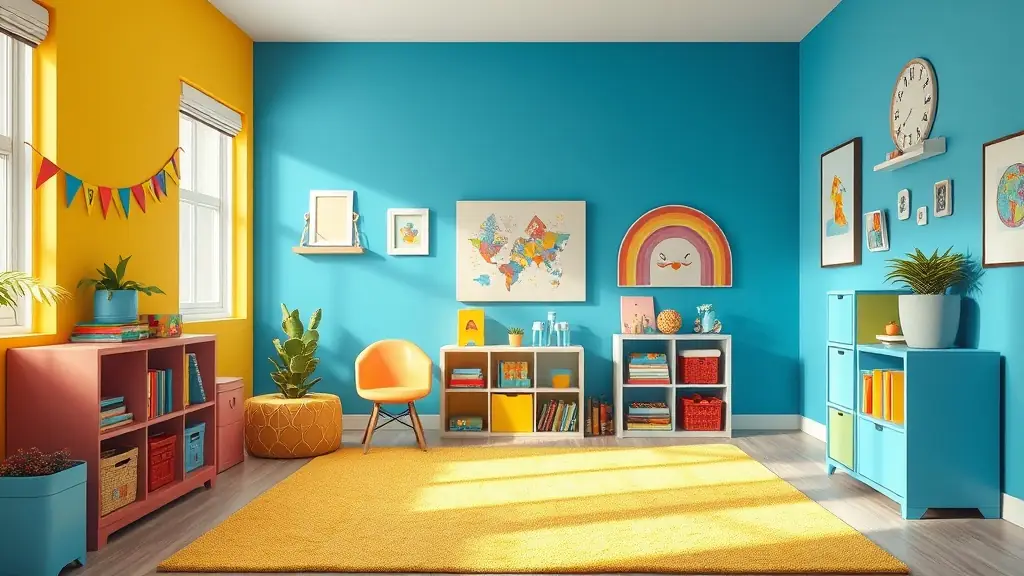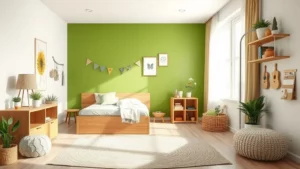Color is a powerful tool in children’s room design, influencing not only the aesthetic appeal but also the emotional atmosphere of the space. Different colors evoke various feelings and can significantly impact a child’s mood and behavior. For instance, warm colors like red and orange can energize a room, making it feel lively and stimulating, while cooler colors like blue and green can create a calming environment conducive to relaxation and sleep.
When selecting colors for a child’s room, it’s essential to consider their personality and preferences. Some children may thrive in vibrant, bold colors that inspire creativity, while others may prefer softer, more muted tones that provide a sense of tranquility. A balanced approach can be achieved by combining both types of colors, using brighter shades as accents against a neutral backdrop. This allows for flexibility as the child grows and their tastes evolve.
Additionally, incorporating patterns and textures can enhance the overall design and add visual interest. Wallpaper, bedding, and rugs can introduce playful elements that complement the chosen color scheme. Ultimately, the goal is to create a harmonious space that reflects the child’s individuality while promoting a positive and nurturing environment for their development.



